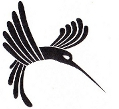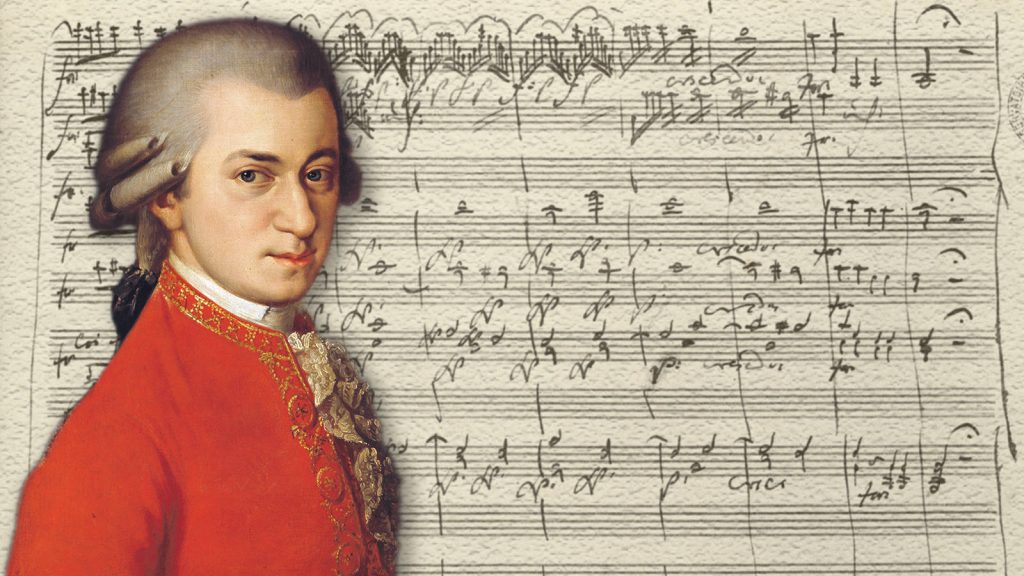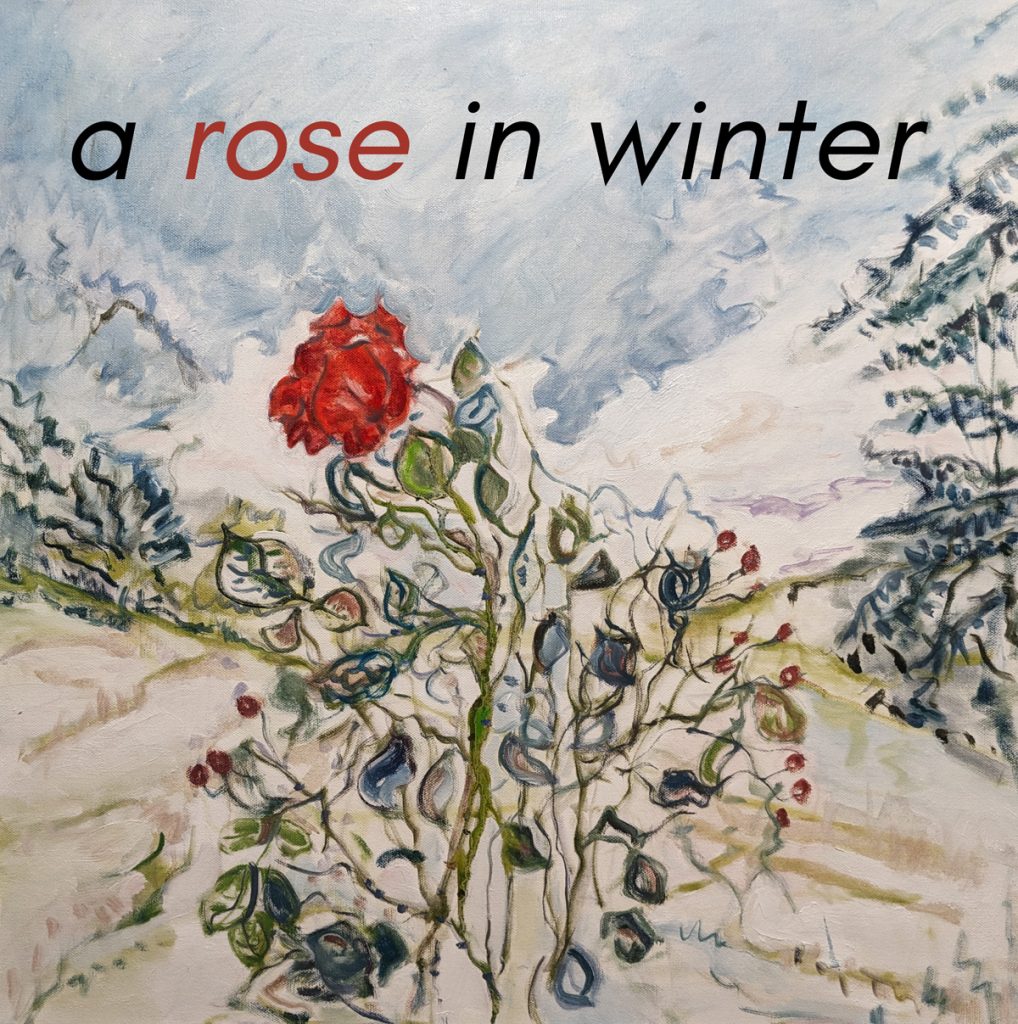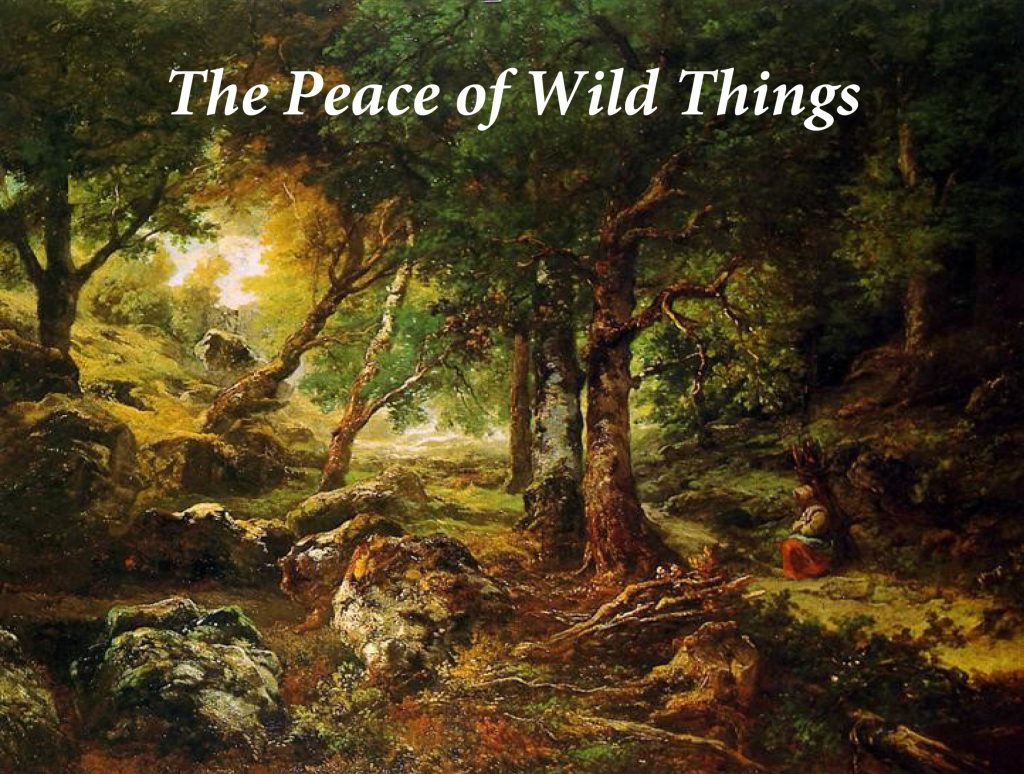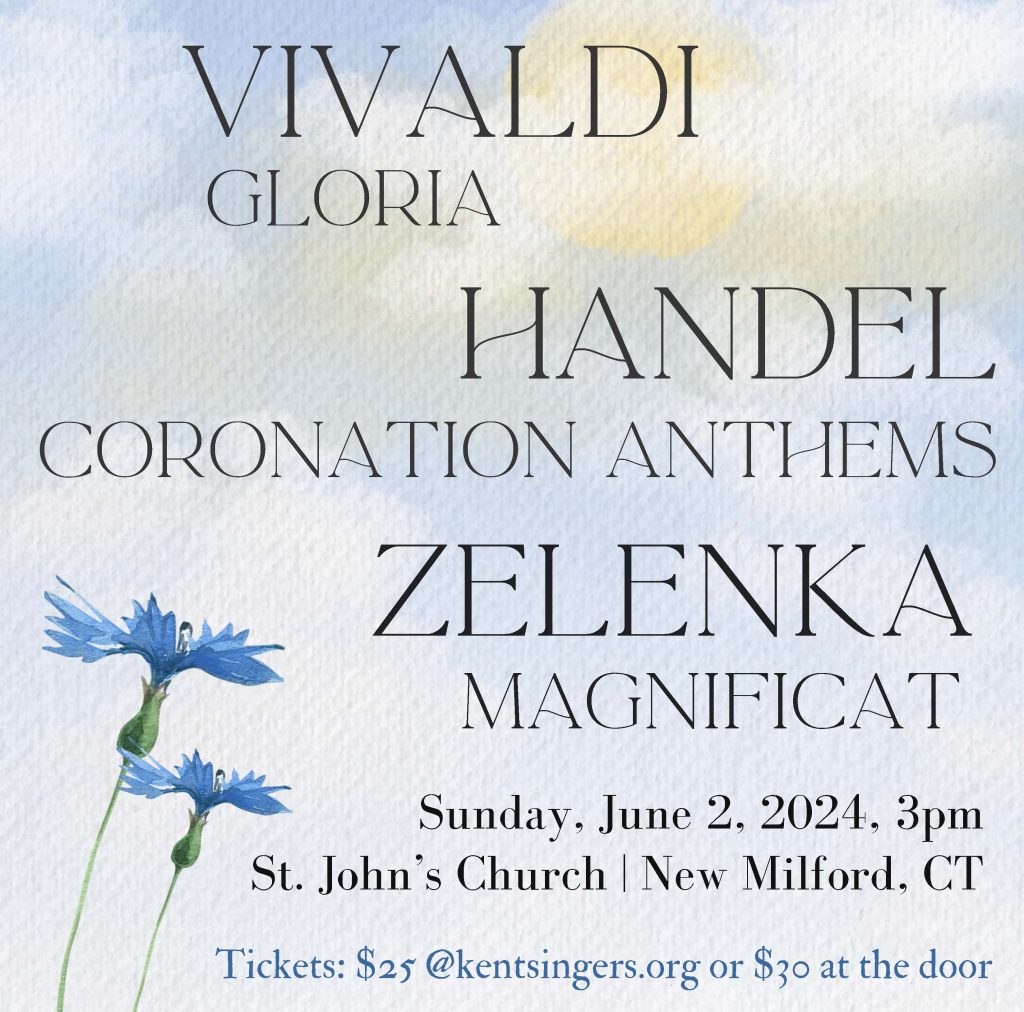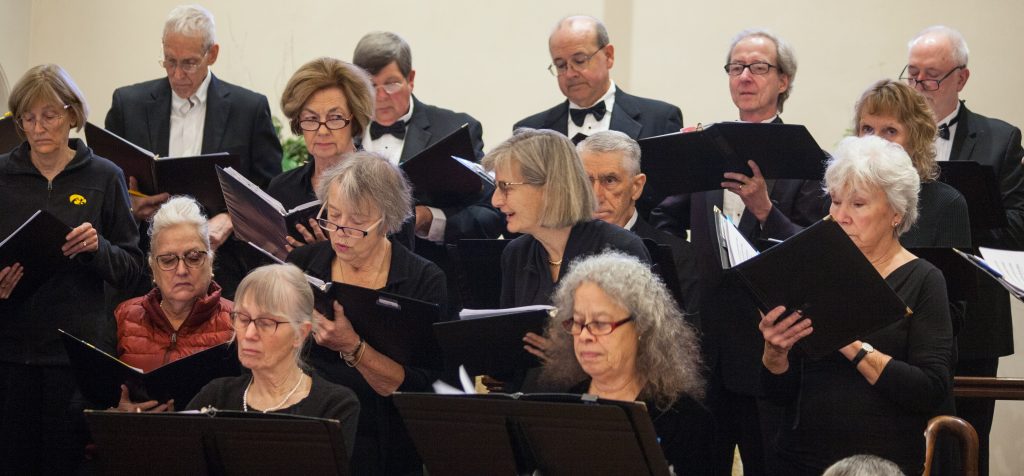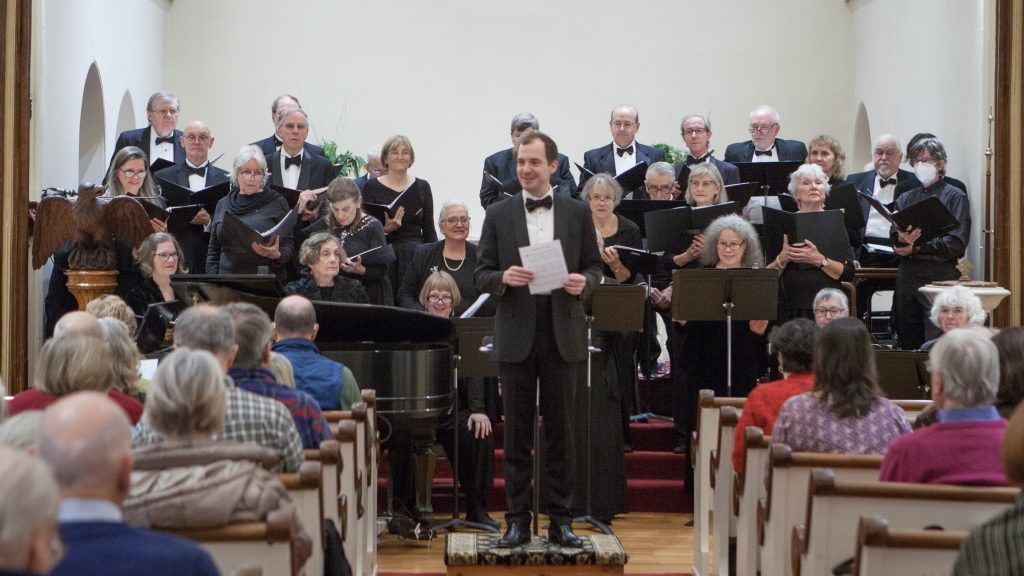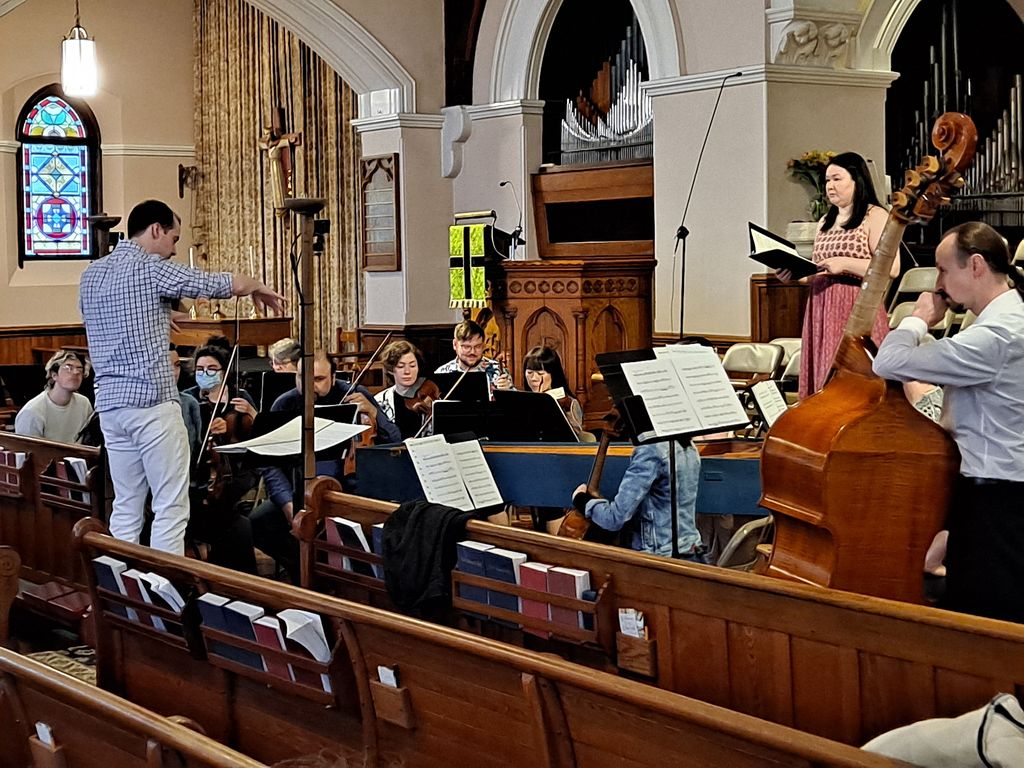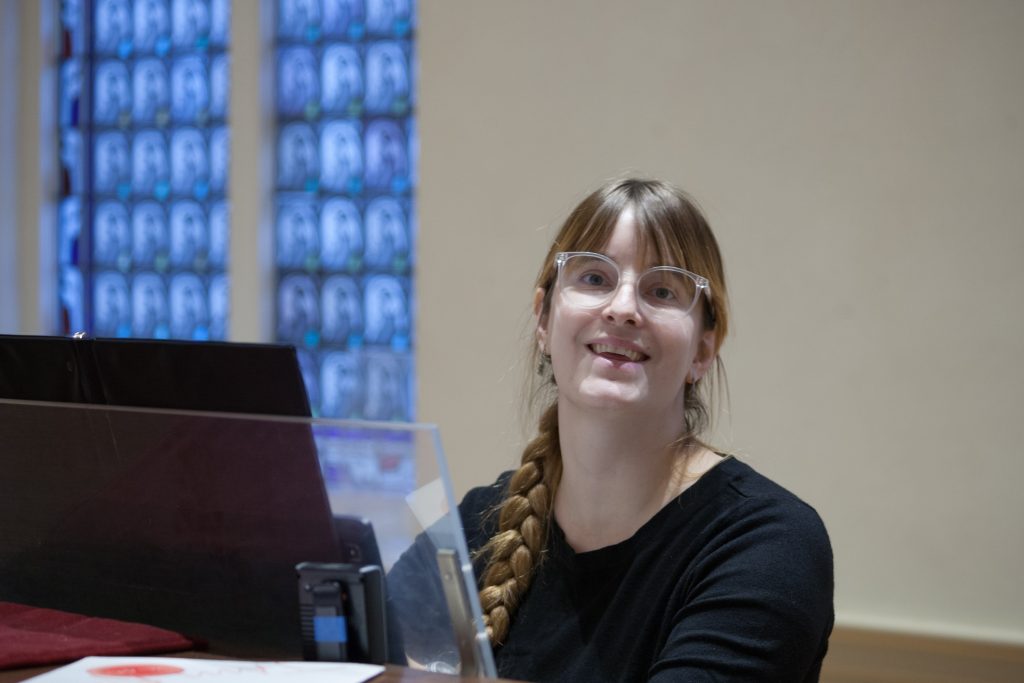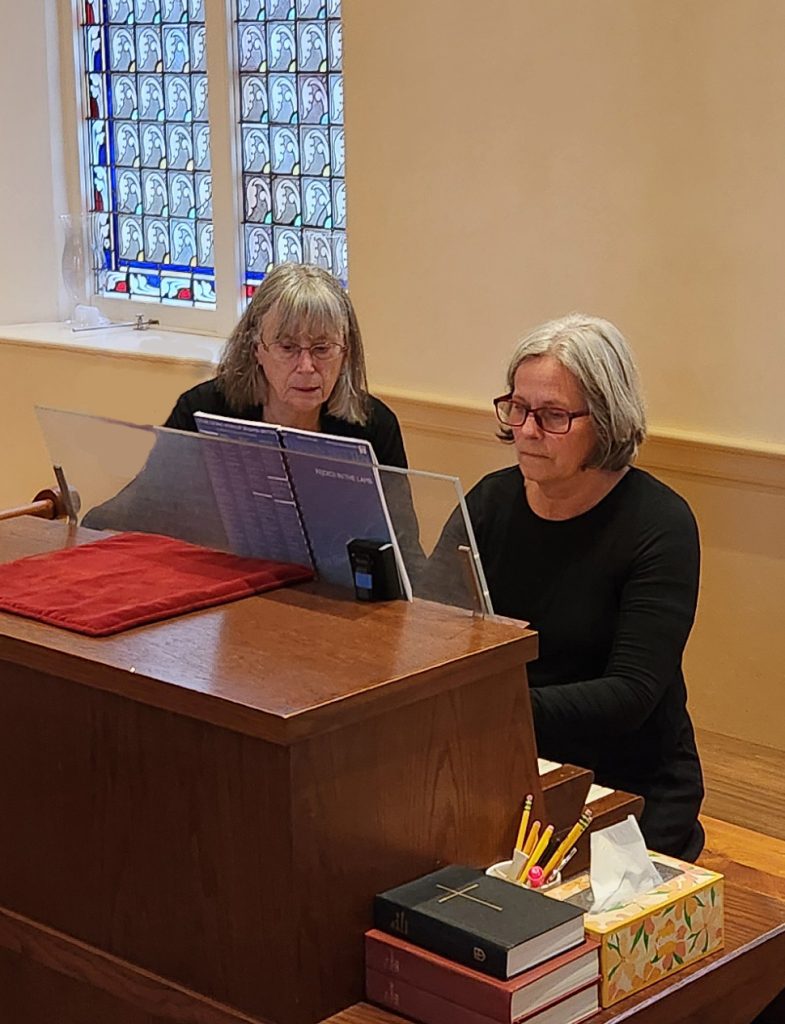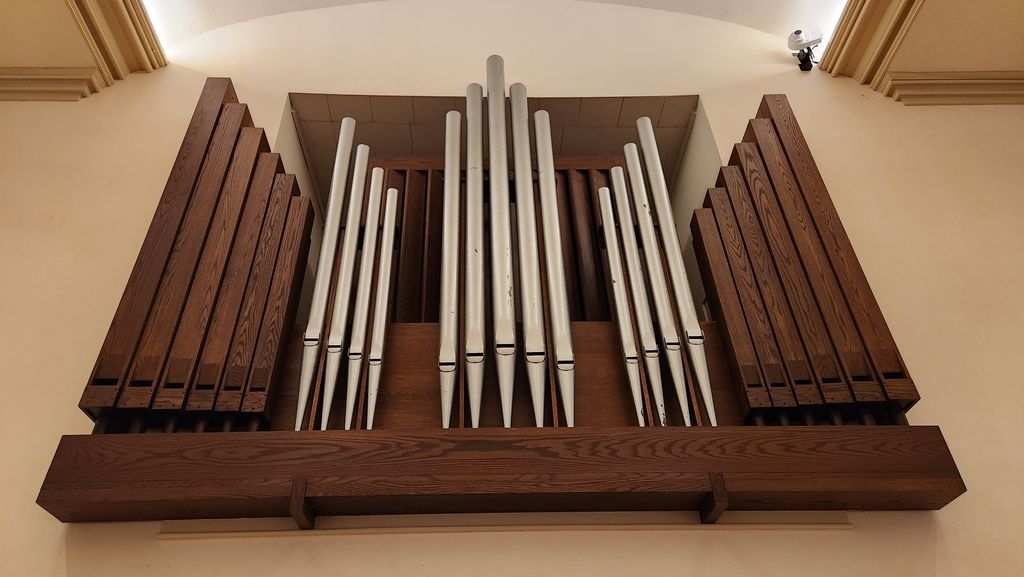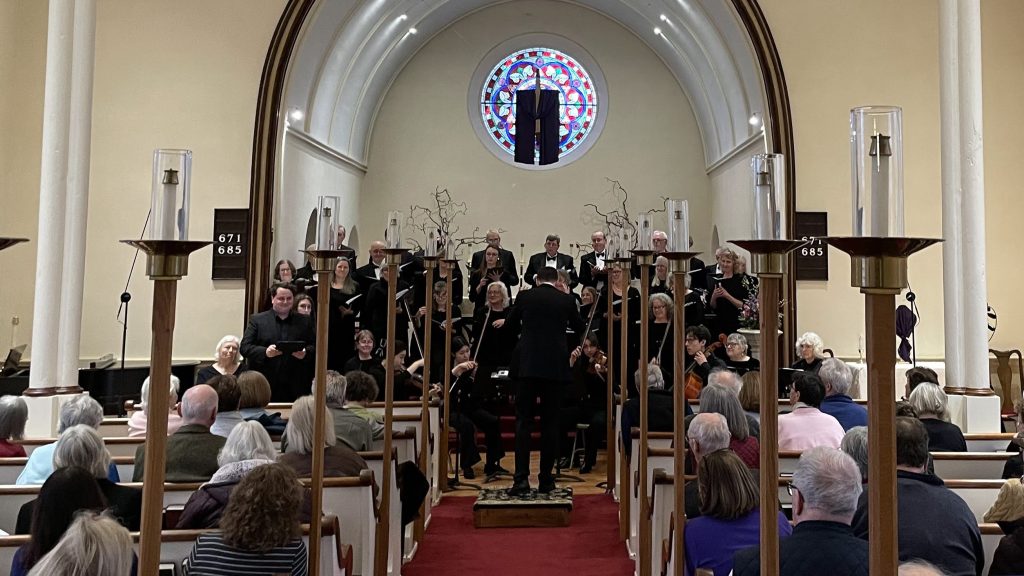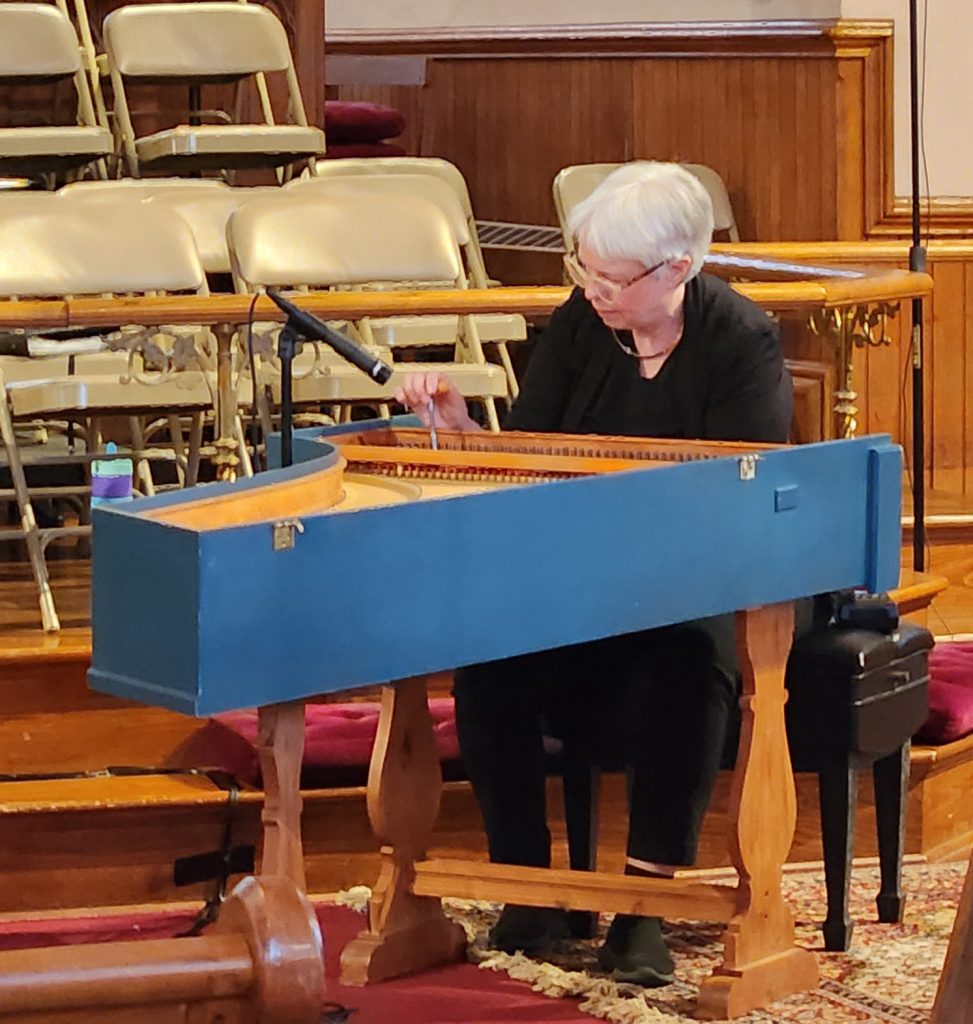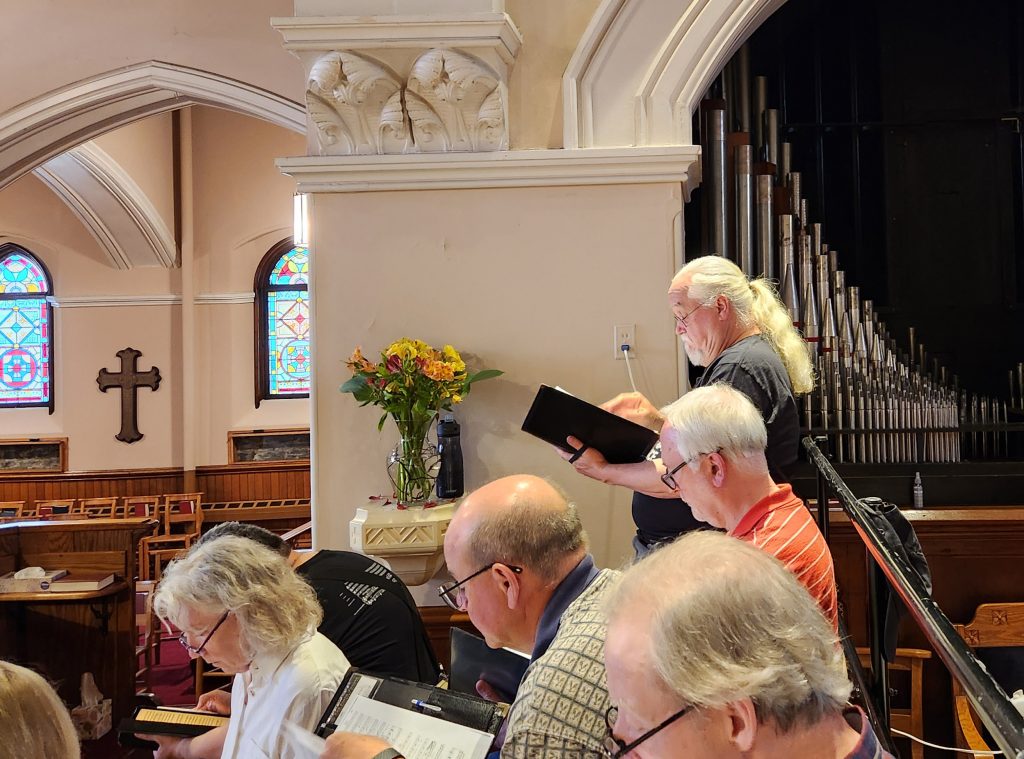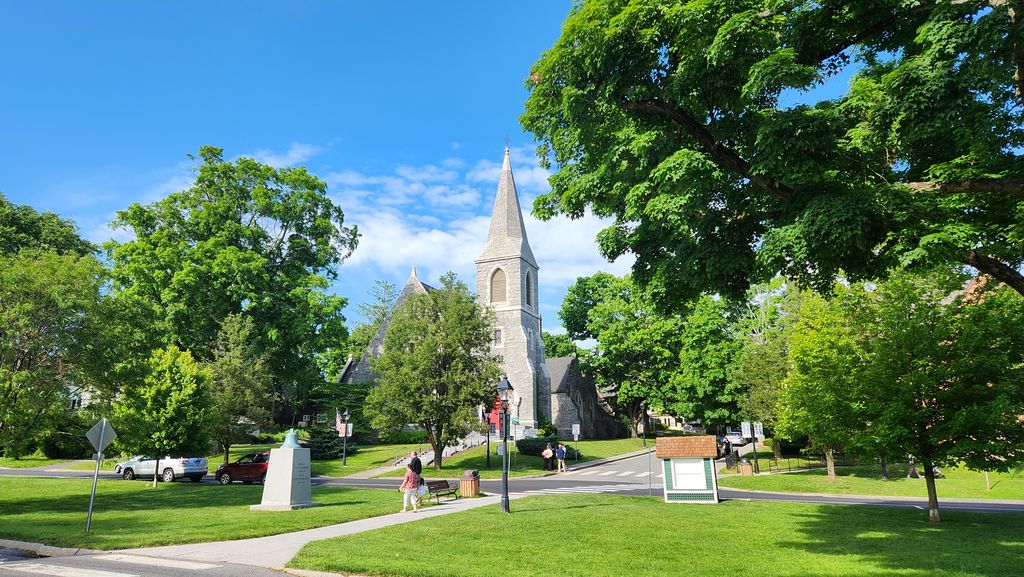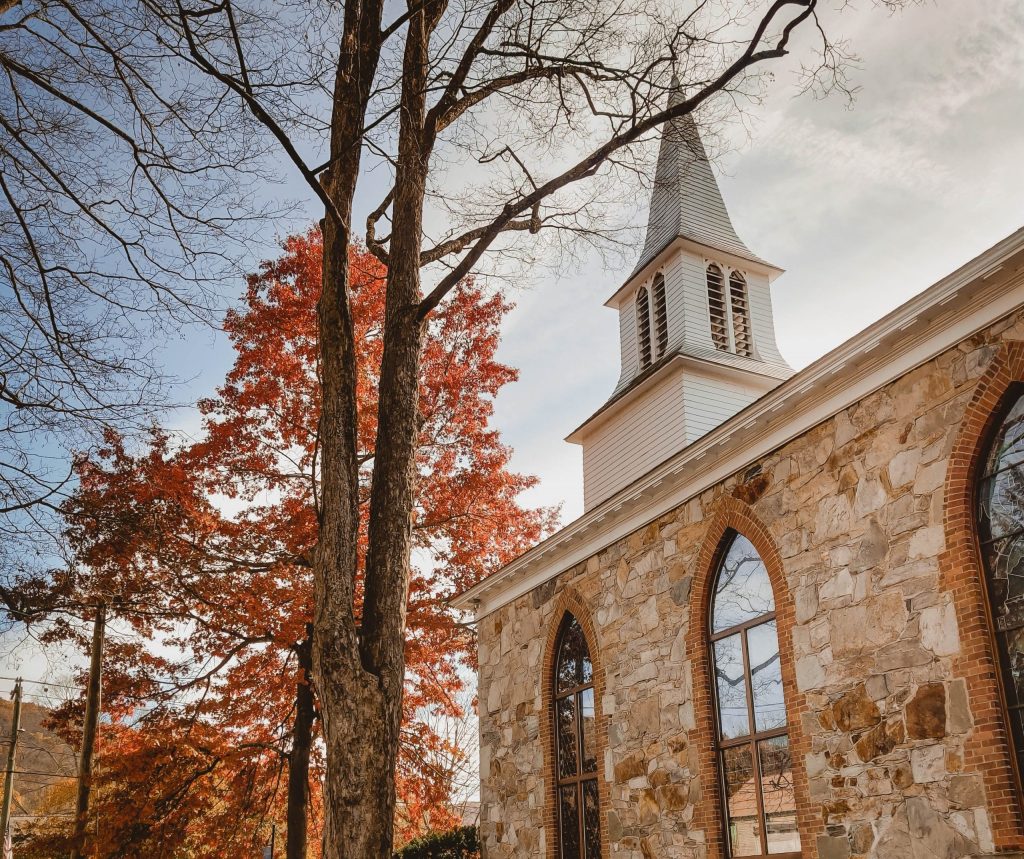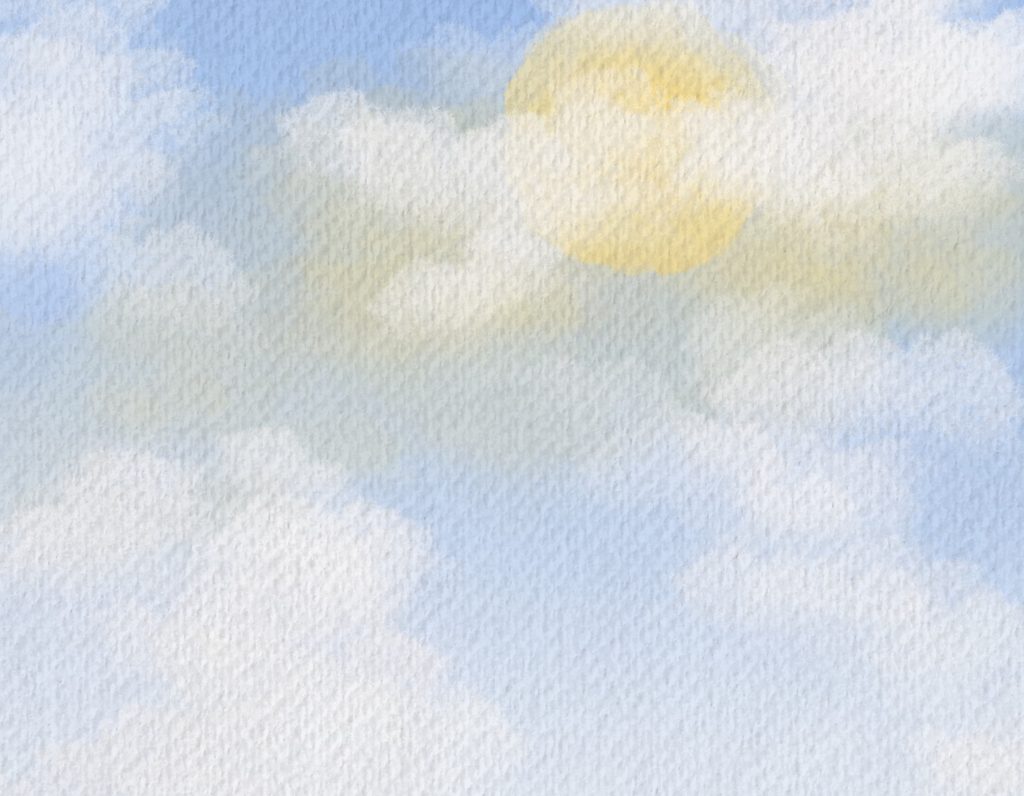SEASON TICKET: Now you can buy a full season ticket for all three Kent Singers concerts in one easy step! (And save $5 off the regular advance ticket price!)
HOW TO BUY MORE THAN ONE TICKET: When you click “Add to Cart”, you can select the number of tickets you wish to purchase.
TICKETS AVAILABLE AT THE DOOR: For the June concert, tickets are $30 at the door. For other concerts, tickets at the door are $20.
CHILDREN: 12 and under, no ticket required.
ACCESSIBILITY: St. Andrew’s in Kent is wheelchair accessible via the ramp on North Main Street. Accessible bathrooms are available in the adjacent Parish Hall. St. John’s in New Milford is wheelchair accessible at the side entrance on Whittlesey Ave. Accessible bathrooms are available on the same floor as the sanctuary.
After you complete your online purchase, you will receive an email confirming that your name has been added to our list of attendees for the concert date(s) you selected. Please identify yourself to our greeters when you arrive for the concert. (We don’t use paper tickets so you don’t need to print or bring anything with you.)
If you want to include attendee names or any special instructions with your ticket order, type your message in the boxes provided below.
If you have any questions about your ticket purchase, please contact us at tickets@kentsingers.com.
Holiday Concert, December 7, 2024 at 3 p.m, St. Andrew’s Church, Kent, CT
Once, as I Remember, an homage to the Festival of Lessons and Carols, featuring poetry and carols both traditional and modern.
$20
Tickets available at the door for $20. Tickets may be exchanged for the December 8 performance (no later than Dec. 4).
Holiday Concert, December 8, 2024 at 3 p.m., St. Andrew’s Church, Kent, CT
Once, as I Remember, an homage to the Festival of Lessons and Carols, featuring poetry and carols both traditional and modern.
$20
Tickets available at the door for $20. Tickets may be exchanged for the December 7 performance (no later than Dec. 4).
Spring Concert, March 23, 2025 at 3 p.m., St. Andrew’s Church, Kent, CT
Featuring a newly commissioned setting from composer Jonathan Woody of “The Gift to Sing” by James Weldon Johnson.
$20
Tickets available at the door for $20.
Summer Major Works Concert, June 8, 2025 at 3 p.m., St. John’s Church, New Milford, CT
Featuring Mozart’s Requiem and Coronation Mass.
$25
Tickets available at the door for $30.
All three concerts, 2024-2025
$60
Season ticket subscribers will receive reminder emails for upcoming concerts, with instructions for selecting the desired Holiday performance date.
Each time you click “Add to Cart” it will open a new PayPal window with your cart. If you’re not ready to check out, you can go ahead and close all those extra windows — PayPal will not forget what you’ve added to your cart! When you’re all done, click “View Cart” to complete your purchase.
Don’t worry, the “Add to Cart” button never costs you any money. PayPal will give you a chance to see what you’ve added to your cart before you complete your purchase, and you can easily remove unwanted items.
The PayPal window will give you a chance to create a PayPal account if you don’t already have one, or you can use the “Check out as Guest” option. Either way you’ll need to enter your email address and shipping address. PayPal requires this information, but we will not ship anything to your home. You will receive an email from Kent Singers acknowledging your purchase and confirming we’ve added your name to our list for the concert you selected (and the number of tickets). It may take a day or two before you receive the email from Kent Singers, but when you do receive it, you can be sure that one of our singers has processed your order and we are looking forward to sharing our music with you!
